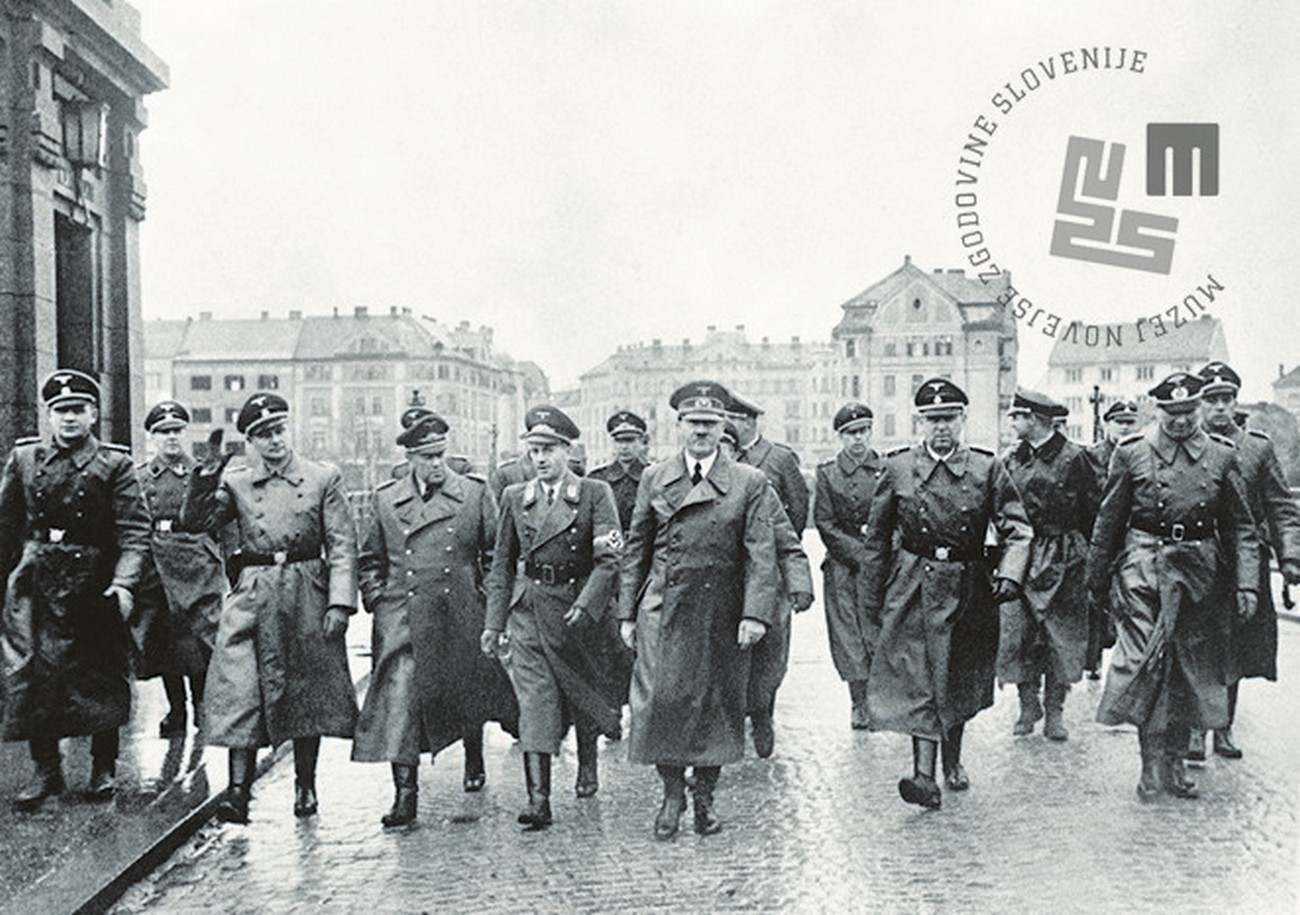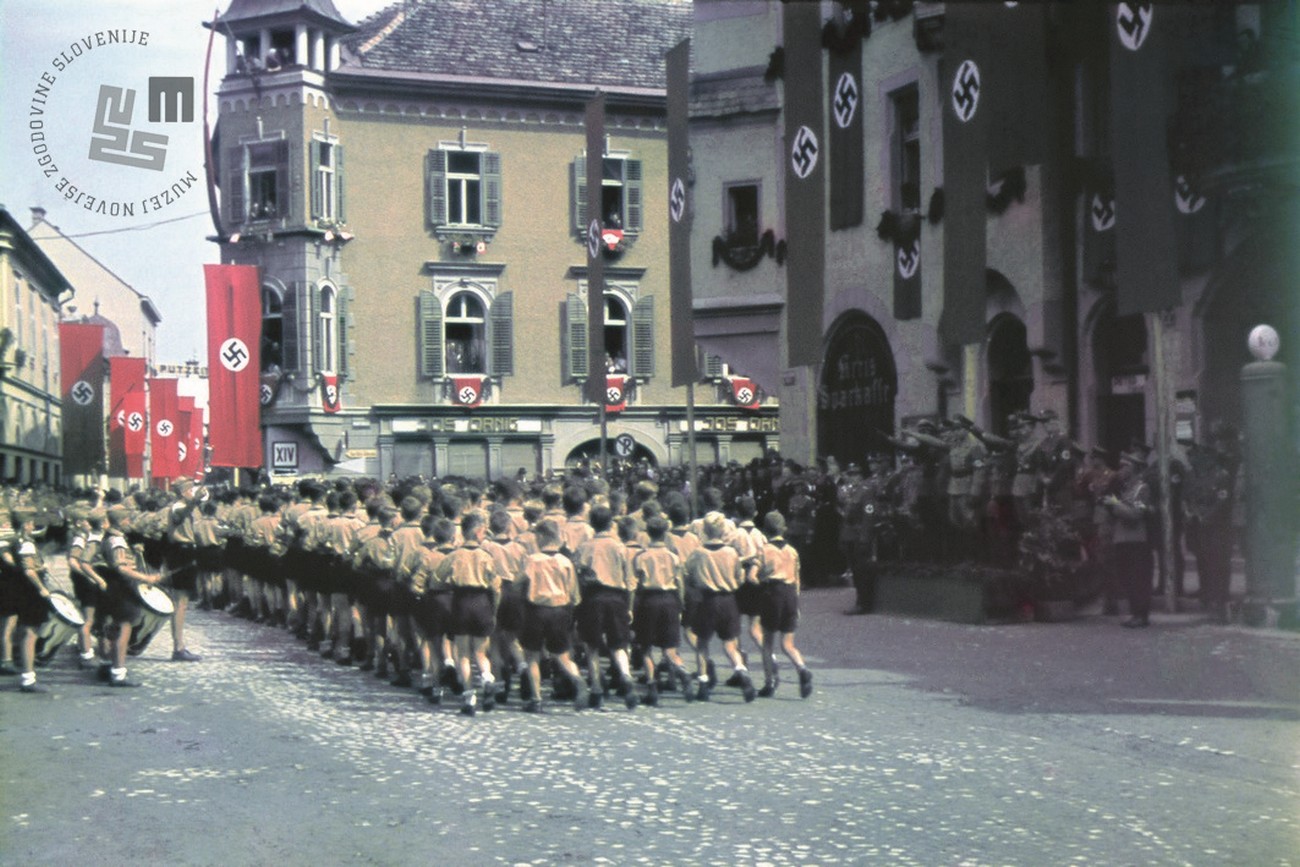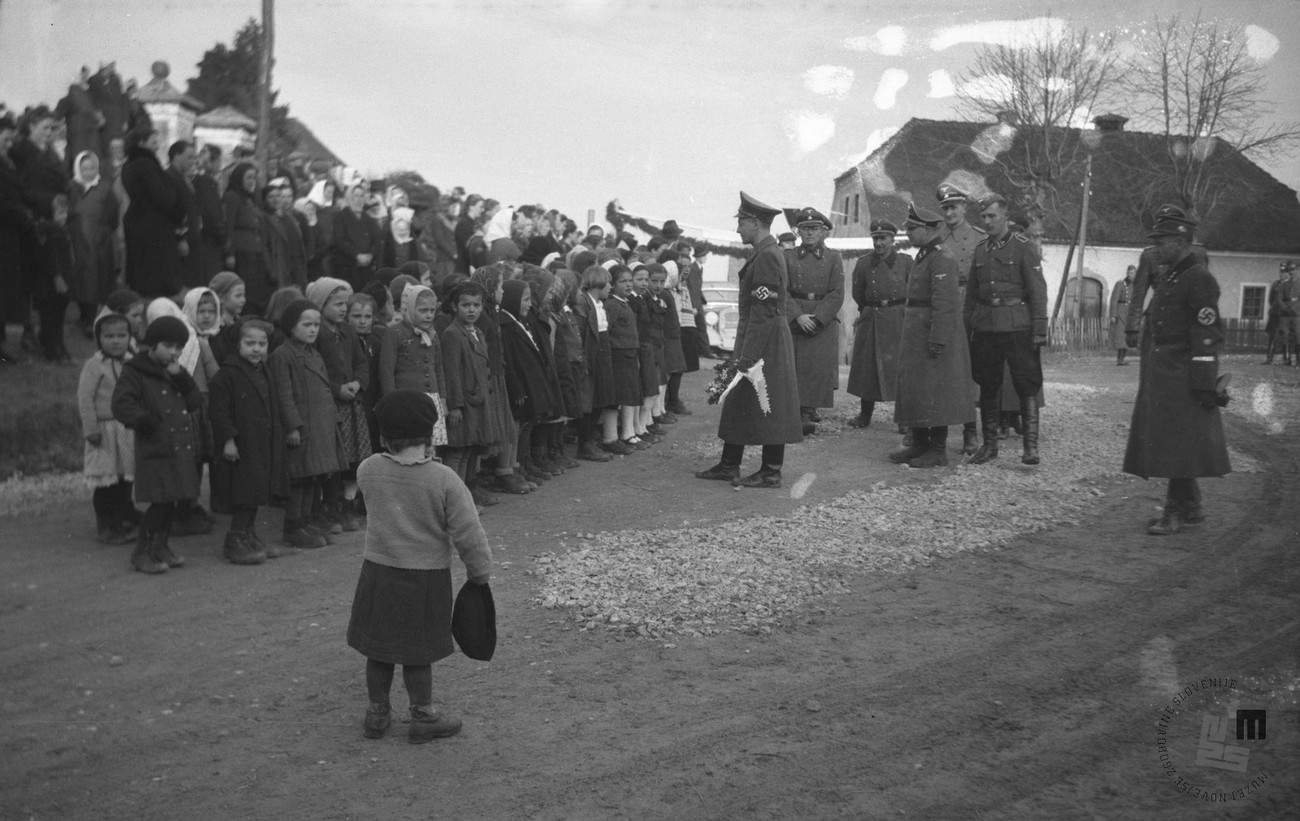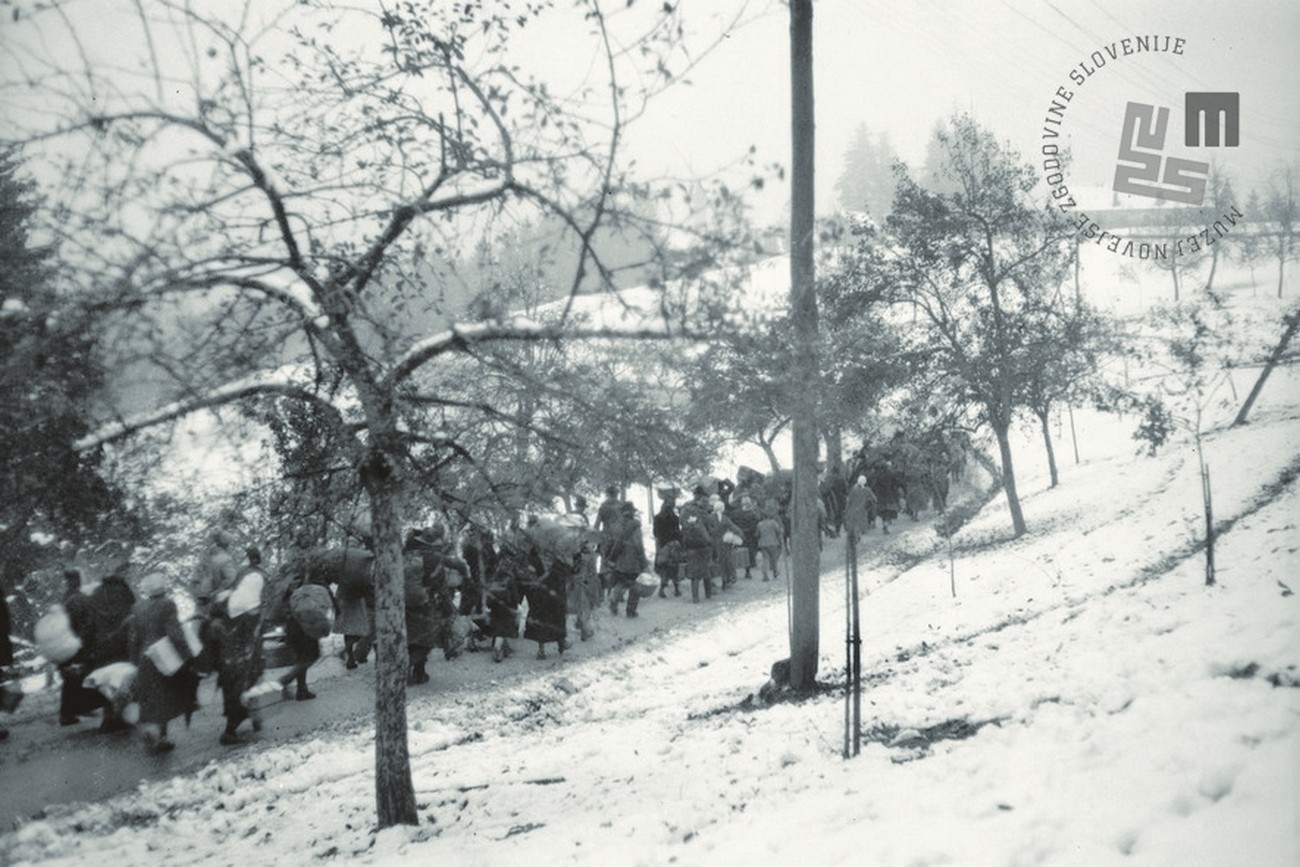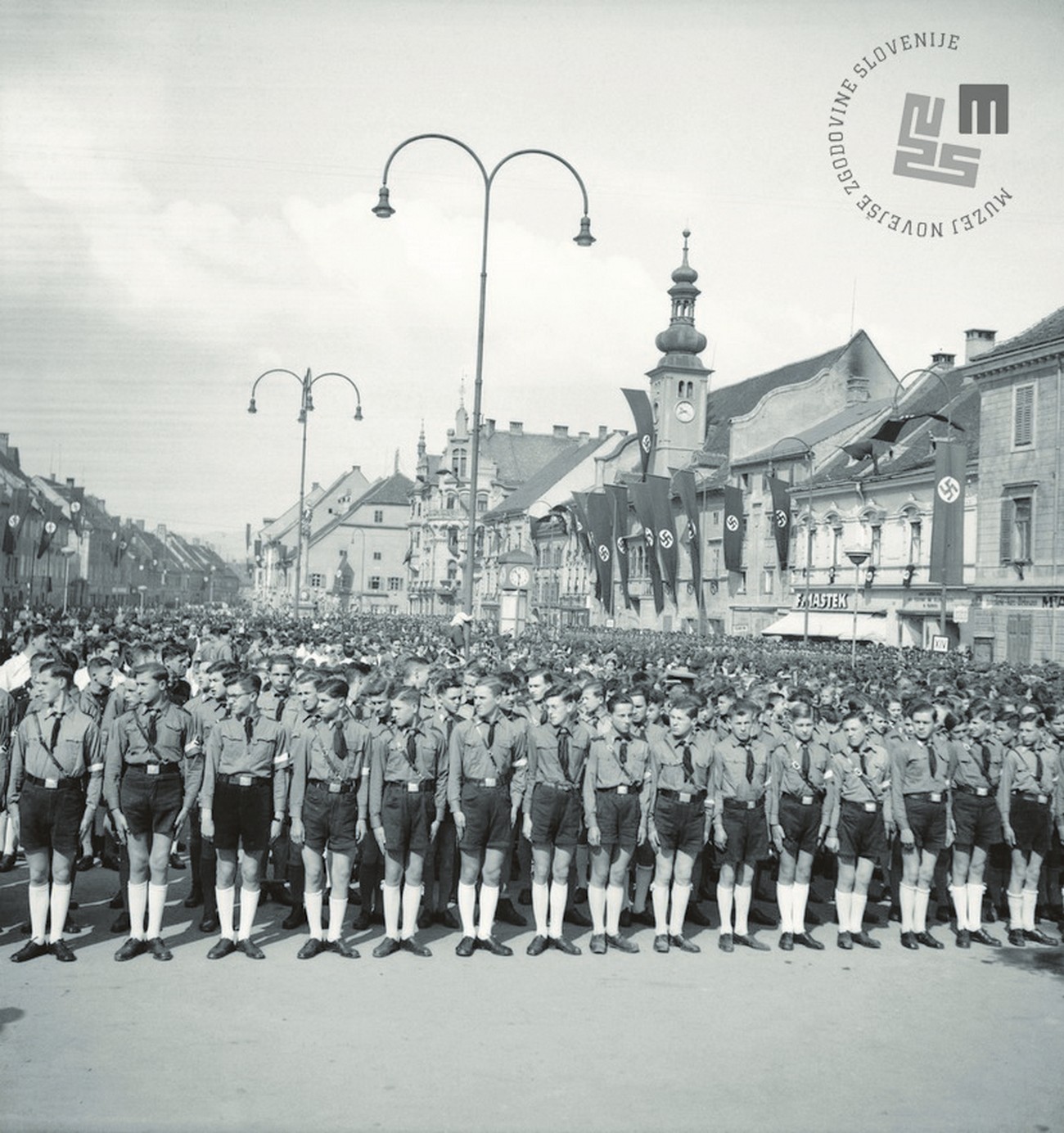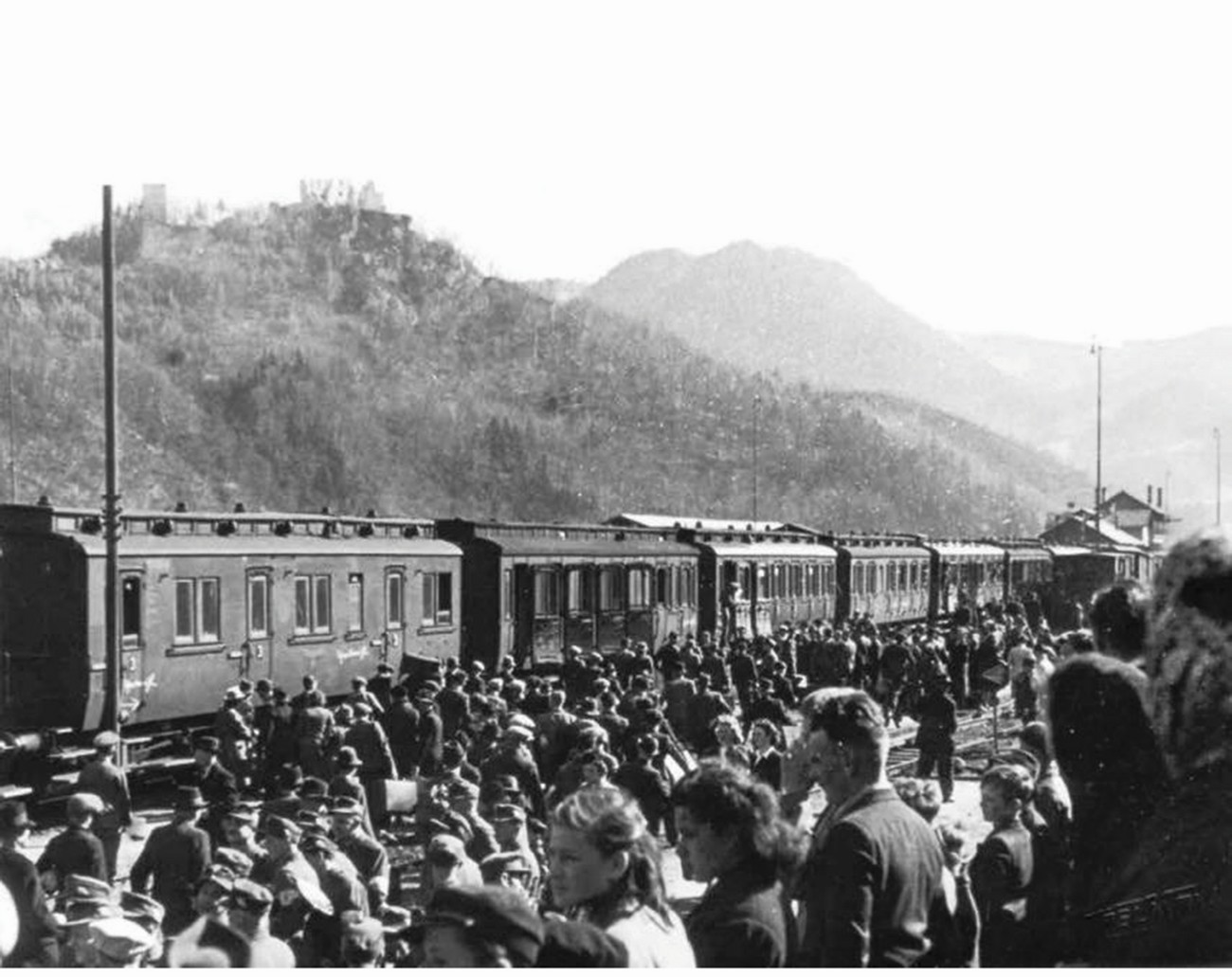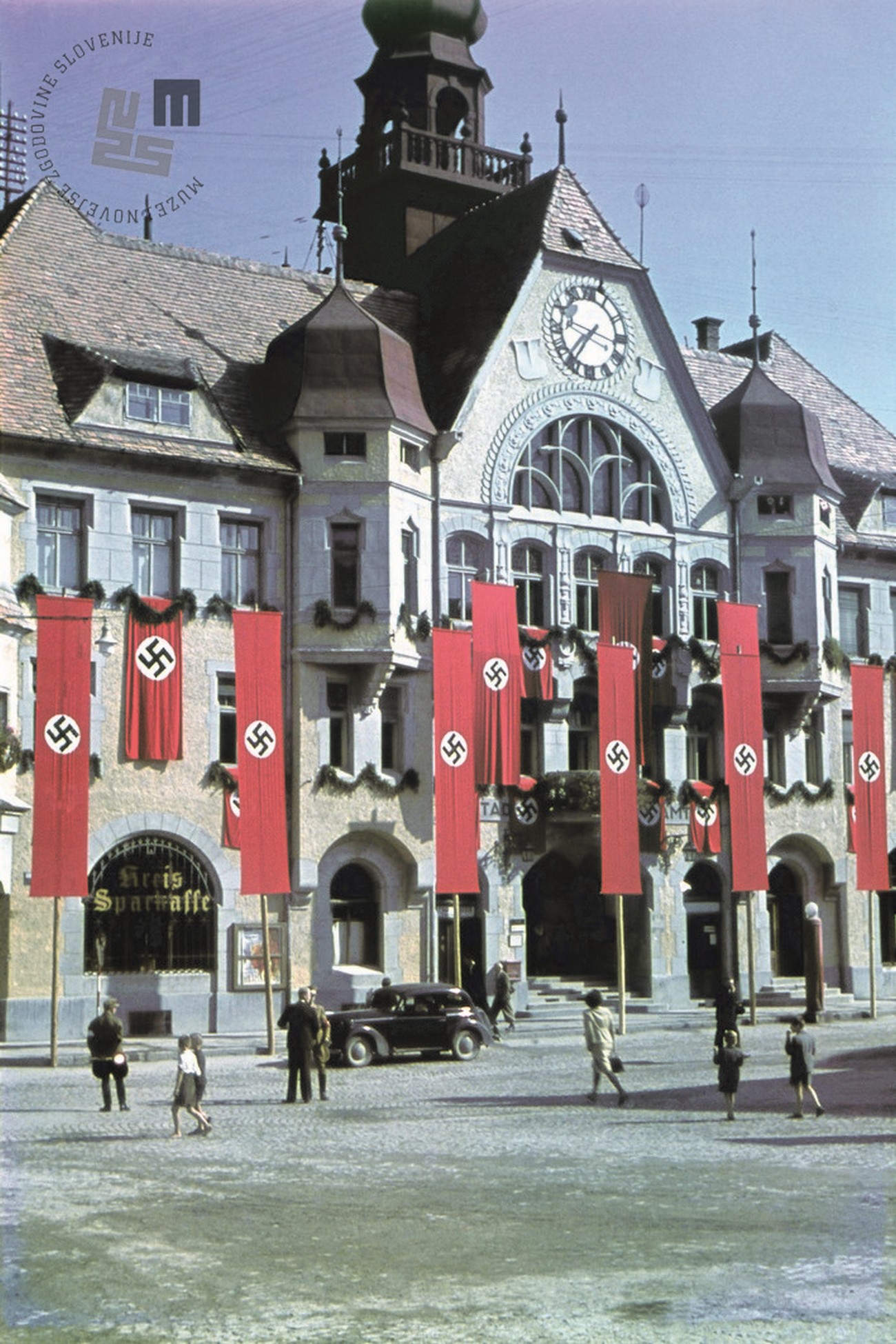After Yugoslavia capitulated and the territory was carved up, the entire Slovene Styria, the northwest part of Lower Carniola and the eastern part of Upper Carniola were incorporated into the territorial and administrative unit of Lower Styria under German rule. Germany considered the occupied territory its national territory and wanted to formally and legally annex it as quickly as possible. Thus, on 14 April, a temporary civil administration was established in Lower Styria, headed by Siegfried Uiberreither with an operational headquarters in Graz. This was followed by an administrative division of the area and preparations for its annexation, which was to be facilitated by the mass expulsion of Slovenes, the colonisation by Germans and the complete Germanisation of the rest of the population. Based on a racial evaluation and suitability for Germanisation, a large number of people were scheduled for expatriation to Germany, Serbia and Croatia. This expatriation was overseen by the relocation headquarters in Maribor with the help of certain relocation camps, e.g. Rajhenburg.
The Germanisation was facilitated by the introduction of the Nazi regime and the enforcement of racial and other laws; in the spring of 1942, compulsory military service was introduced and consequently the forced conscription into the Wehrmacht. The Germans tried to subdue those who remained in their homes by abolishing societies and organisations, and by confiscating their property. They tried to prevent them from speaking Slovene – according to their plan, everyone would be speaking German in 4 years' time. Thus, they banned Slovene press, destroyed books, introduced compulsory German language courses (the German language was predominant in the education system), and changed place names. Those who were evaluated as more suitable for Germanisation were forced to enrol in German organisations, e.g. Steirischer Heimatbund [Styrian Patriotic League], which also included armed formations – Wehrmannschaft. Despite the above-mentioned measures, Lower Styria was never formally and legally annexed to the Third Reich due to the problems and resistance encountered by the occupier.
